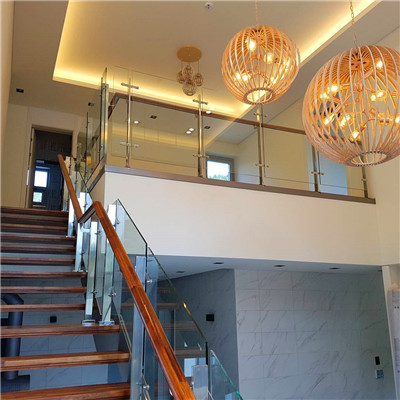History of Glass in Architecture
The history of glass in architecture is a fascinating journey that spans from ancient civilizations to modern-day marvels. Glass, once a luxury reserved for the elite, has evolved to become a fundamental material in contemporary building design. This article traces the evolution of glass in architecture, highlighting its milestones, technological advancements, and its significant impact on modern architecture.
Early Uses of Glass
Glassmaking dates back to around 3500 BCE in Mesopotamia and Egypt, where it was initially used for decorative items and small containers. By the Roman Empire, glass had become more common in everyday items and began to be used in windows. Roman glassmakers developed the technique of casting glass in large panes, which allowed for the creation of the first glass windows in significant structures like the Roman baths.
Medieval and Renaissance Developments
During the Medieval period, stained glass became prominent, especially in Gothic cathedrals. These colorful, intricate windows not only illuminated the interiors of churches but also conveyed biblical stories and theological themes. The use of stained glass reached its zenith in the High Middle Ages with masterpieces like the windows of Chartres Cathedral in France.

The Renaissance brought advancements in glass production, particularly in Venice. The island of Murano became a major center for glassmaking, known for its high-quality, clear glass. Innovations in this period included the development of flat glass, which could be used more extensively in buildings, albeit still limited to the wealthy.
The Industrial Revolution
The Industrial Revolution marked a significant turning point for glass in architecture. Advances in manufacturing allowed for larger, more affordable panes of glass. One of the most iconic structures from this period is the Crystal Palace, built for the Great Exhibition of 1851 in London. Designed by Joseph Paxton, the Crystal Palace utilized iron and glass on an unprecedented scale, creating a vast, light-filled space that showcased the potential of these materials in modern construction [5].
Early 20th Century: Modernism and Glass
The early 20th century saw the rise of Modernism, a movement that embraced new materials and technologies. Architects like Le Corbusier and Ludwig Mies van der Rohe championed the use of glass to create transparent, open spaces. Le Corbusier famously stated, "Glass implies a new concept of architecture" [2]. Buildings like the Bauhaus in Germany and the Barcelona Pavilion epitomized this new aesthetic, characterized by clean lines and the extensive use of glass.
Post-World War II: Technological Advancements
After World War II, advancements in glass technology further expanded its architectural applications. The development of float glass in the 1950s allowed for the production of large, flawless sheets of glass, revolutionizing building design. High-rise buildings, like the Lever House and the Seagram Building in New York City, showcased the potential of glass curtain walls, creating sleek, modern facades that became synonymous with corporate architecture.

Late 20th Century to Present: Sustainability and Innovation
In recent decades, the focus on sustainability has driven innovation in glass technology. Low-emissivity (Low-E) glass, double and triple glazing, and smart glass are just a few examples of how glass has been engineered to improve energy efficiency. Modern architectural icons like the Louvre Pyramid in Paris and the Apple Park campus in Cupertino demonstrate the versatility and aesthetic appeal of glass in contemporary design.
The use of structural glass has also become more prevalent, allowing for the creation of all-glass buildings and facades. Structural glass can bear loads and provide stability, enabling architects to design transparent structures that blend the interior and exterior environments seamlessly [4].
Conclusion
The history of glass in architecture is a testament to human ingenuity and the relentless pursuit of innovation. From its humble beginnings as a decorative material in ancient times to its central role in modern building design, glass has transformed the way we build and experience spaces. As technology continues to evolve, the future of glass in architecture promises even greater possibilities, pushing the boundaries of design and sustainability.
 English
English Russian
Russian




